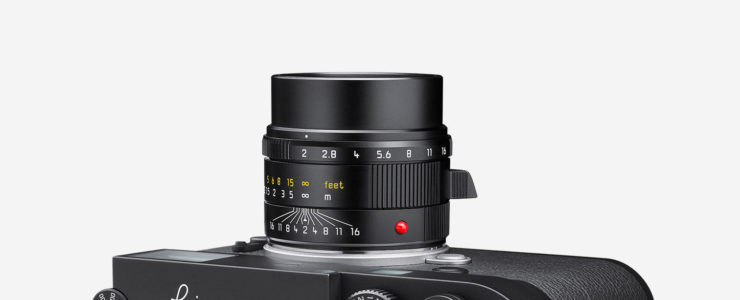From The Industry: Leica Announces Leica M10-D Rangefinder Camera
Leica M10-D at a glance:
- 24MP Full-Frame CMOS Sensor
- Leica Maestro II Image Processor
- Minimalist Design; No Rear LCD Screen
- Optical 0.73x-Magnification Viewfinder
- ISO 100-50000, up to 5 fps Shooting
- Stills-Only Operation
- Integrated Fold-Out Thumb Rest
- Built-In Wi-Fi, for Use with FOTOS App
- Weather-Resistant Brass Construction
- Compatible with Optional EVF
Leica announced another retro camera aimed at rich people with money to waste, the Leica M10-D. It’s just $7,995 for a camera doing the same as a camera that costs 1/4th, so don’t miss the chance: B&H Photo | Adorama | Amazon (please do not not buy it through our site, we’d rather not).
A particularly hilarious aspect is that Leica touts these cameras for “letting you go unnoticed on the streets”.
Press release:
Leica Camera Debuts the Leica M10-D
The Camera with a Digital Heart and an Analog Soul
October 24, 2018 – Leica Camera transports the analog experience into the world of digital photography with the introduction of the Leica M10-D. The Leica M10-D combines the benefits of a digital M camera with an unprecedented approach to rediscovering the magic of an analog photographic experience, now augmented with mobile connectivity.
The ultimate experiential camera, the Leica M10-D is inspired by the discreet M10-P. In addition to incorporating the M10-P’s signature near-silent mechanical shutter and classic script logo branding on the top plate, the Leica M10-D’s monitor screen has been purposefully omitted from the camera body, freeing photographers from all distractions and allowing them to always focus on capturing the moment, rather than the camera itself. In lieu of the screen on the back of the camera is a new control ring for switching the camera on and off, with a dedicated hardware setting for activating Wi-Fi – a key piece to modernizing the analog-inspired workflow of the M10-D. Within the rear control ring is a mechanical dial for exposure compensation adjustments, a first for digital M models, harkening back to the ISO film sensitivity dial seen on classic analog M-Cameras.

